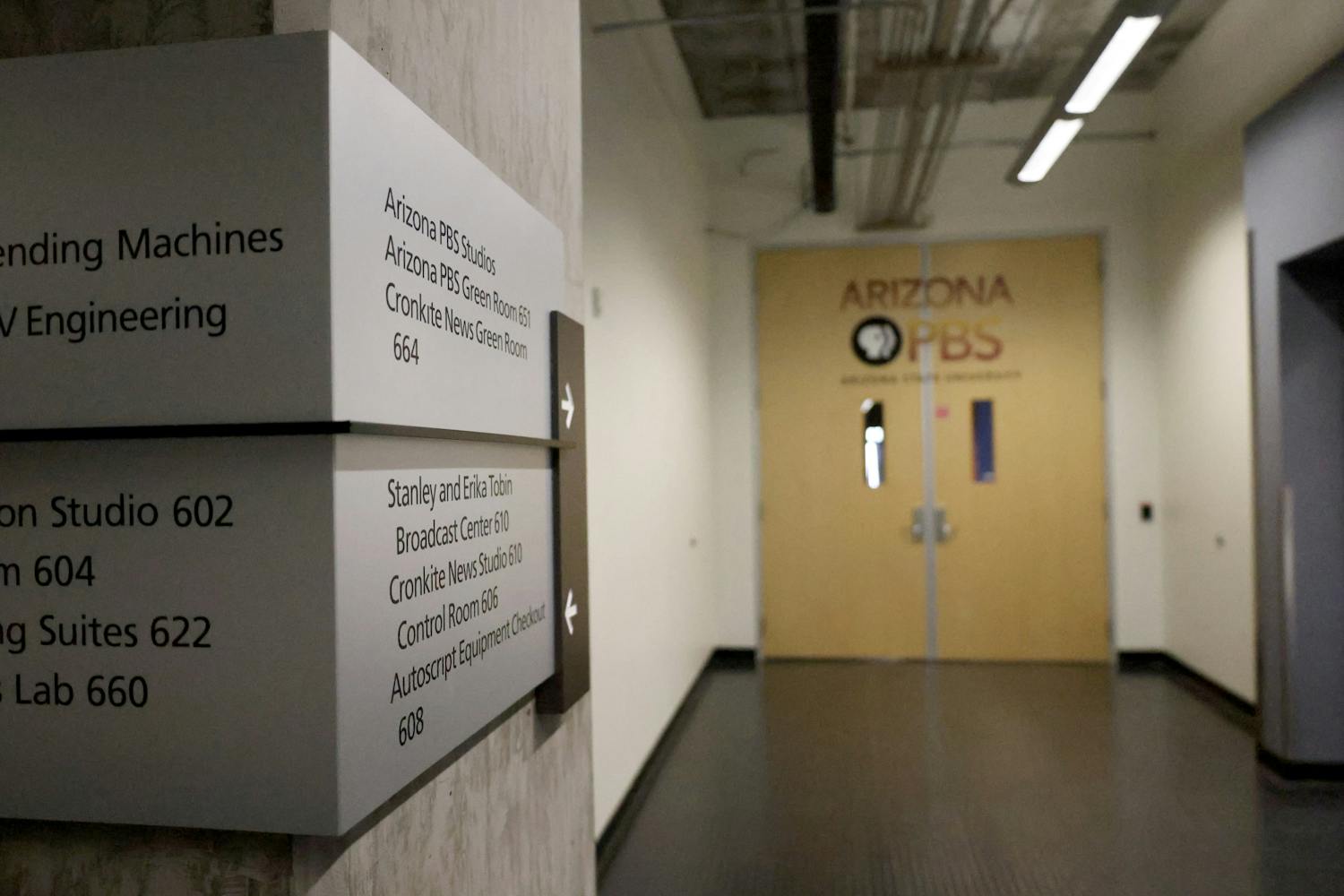An ASU parking lot in Tempe will be home to a pioneering concept in solar energy by the end of 2011.
Aptly dubbed the PowerParasol, the structure will route 2.1 megawatt-hours of power to ASU as well as provide shade over Lot 59 on the north side of the Tempe campus.
To put that number in perspective: 2.1 megawatt-hours could power around 200 average-sized homes. ASU currently utilizes 9.77 megawatt-hours of solar energy on all four campuses, or about 15 percent of the university’s total usage in any given moment, although this varies day to day, according to a press release from the campus solarization project.
Solar energy isn’t a new concept to ASU but the PowerParasol is. The structure contains no new technology; instead, the innovation lies in the design.
“ASU has literally run out of rooftop space,” said Bob Boscamp, president of Strategic Solar, the company that patented the PowerParasol.
“We found a way to increase the generation of renewable energy resources without having to go occupy land or find other buildings.”
The benefits of this particular design are vast, Boscamp said. Besides the obvious benefit of 800 newly shaded parking spots for visitors, one environmental benefit of placing the PowerParasol over asphalt is the lessening of the so-called “heat island” effect.
“[The asphalt] heats up during the day and then radiates that heat into the atmosphere at night,” Boscamp said. “This will mitigate that.”
The panels on the roof were designed to create a dappled shade similar to that found under trees, said Jack DeBartolo of DeBartolo Architects.
“You can be pretty comfortable year round as long as you are in that shade,” Debartolo said.
DeBartolo Architects was involved in theoretic design competitions for the Downtown campus, and although those projects were never constructed, the ideas generated lead to the PowerParasol and further collaboration with ASU.
The PowerParasol has been in the design stage for two years but was only officially unveiled on Aug. 3. The 5.25 acre, 23 foot tall structure allows for multiple uses in the space underneath.
“If we wanted to create a mini park under the PowerParasol we could do that,” Boscamp said. “You can mount security cameras, and because there is a high elevation, you don’t have to worry as much about vandalism or somebody tampering with the cameras.”
ASU’s commitment to solar energy is channeled through the campus solarization program, headed by Dave Brixen, the associate vice president of Facilities Development and Management for ASU.
ASU will pay a fixed rate to NRG Energy for the energy produced for 25 years. Due to a projected 40 percent increase in the cost of other sources of energy, the university should begin to see savings in a few years, Brixen said.
The campus’ solarization program will supply 40 percent of ASU’s peak load energy consumption. Including the PowerParasol, ASU has plans for solar energy installations to produce 18.2 megawatt-hours in total.
“Ultimately we think we can achieve about 18 megawatts of solar energy,” Brixen said. “If we get to that point, that’s approximately, nearly, half of our energy load at peak times.
“On a total annual consumption basis it would provide between 10 and 15 percent of our total energy consumption.”
Dr. Stuart Bowden, an associate professor at the Ira A. Fulton School of Engineering and a Senior Sustainability Scientist at the Global Institute of Sustainability, believes this is attainable.
“I think that is very achievable and they actually could go higher than that,” Bowden said. “It will just be time and cost.”
One reason solar hasn’t taken over Arizona yet is the resident Palo Verde nuclear reactor, Bowden said.
Since the cost of the reactor was so high, energy companies are reluctant to switch to other forms.
However, solar energy holds a key economic advantage over nuclear in that the energy production patterns more closely correspond with our energy usage patterns.
The peak load for most Arizona energy consumers, ASU included, is mid-day when air conditioners are turned on high, which is also when the sun’s rays are the strongest.
On the other hand, it is most economical for a nuclear reactor to operate at a steady pace without the adjustments necessary for air conditioning peaks, Bowden said.
ASU’s campus solarization program is also extending beyond campus with the formation of Quantum Energy and Sustainable Solar Technologies with an $18.5 million grant from the National Science Foundation.
Bowden is a lead researcher for QESST, whose main focus is applying quantum mechanics to solar energy production.
Reach the reporter at Cassandra.strauss@asu.edu
Click here to subscribe to the daily State Press newsletter.





